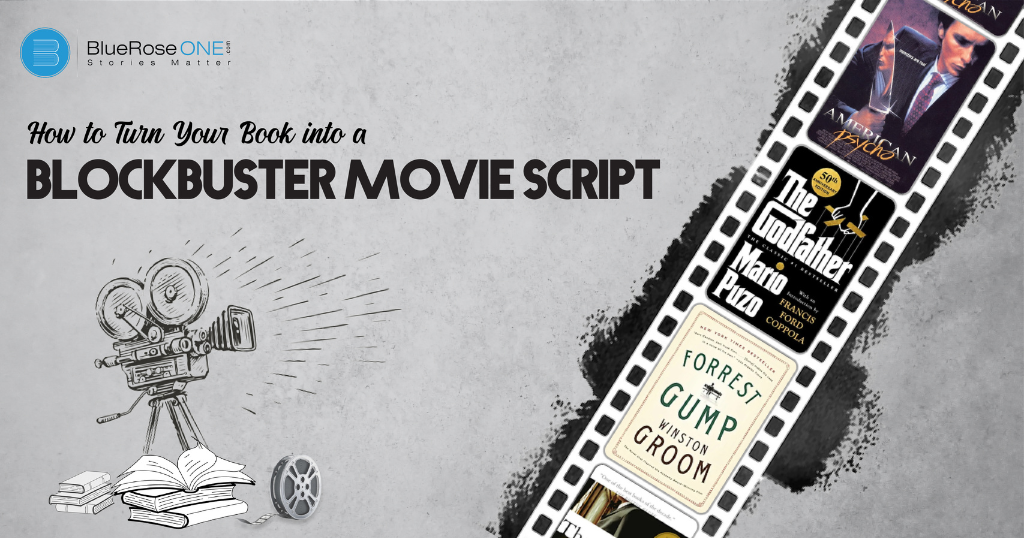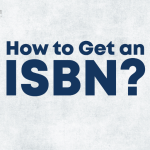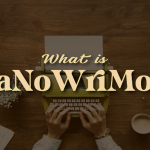Every author dreams of witnessing their book’s characters and plot unfold on the silver screen. Converting a book into a movie script is a challenging yet exhilarating journey that demands a distinct approach.
Read: Here’s an Essential Guide on How to Create and Publish your Book on Apple Books in 2023?
Here’s a comprehensive guide to help you navigate this transformative process.
Understanding the Core Elements
Embrace Adaptation
Craft a Compelling Storyline
Visualize Your Story
Character Adaptation
Collaborate with Industry Professionals
Pitching and Negotiating
Patience and Resilience
Read: Get Best Tips and Ways on How to Save on Your Self-Publishing Budget in 2023!
Converting your book into a blockbuster movie script is a journey that demands dedication, adaptability, and collaboration. Embrace the transformation, seek guidance from industry experts, and persist through the challenges. The transformation of your beloved story into a cinematic masterpiece is a pursuit worth undertaking.
In conclusion, crafting a compelling movie pitch deck with BlueRose Publishers involves a strategic blend of creativity and professionalism. Start with a captivating story synopsis, supported by visually stunning graphics that convey the essence of your film. Utilize BlueRose’s expertise to fine-tune your pitch, emphasizing the unique aspects that set your project apart. Clearly outline the market potential, target audience, and distribution strategy.
Leverage BlueRose’s industry insights to enhance your deck, ensuring it resonates with both creative and business perspectives. With a meticulously designed pitch deck, backed by BlueRose’s guidance, you’re poised to captivate investors and stakeholders, paving the way for the realization of your cinematic vision.
Publish your book with BlueRoseONE and become a bestselling author. Don’t let your dream of becoming an author fade away, grab the opportunity now and publish your book – be it fiction, non fiction, poetry or more.
















